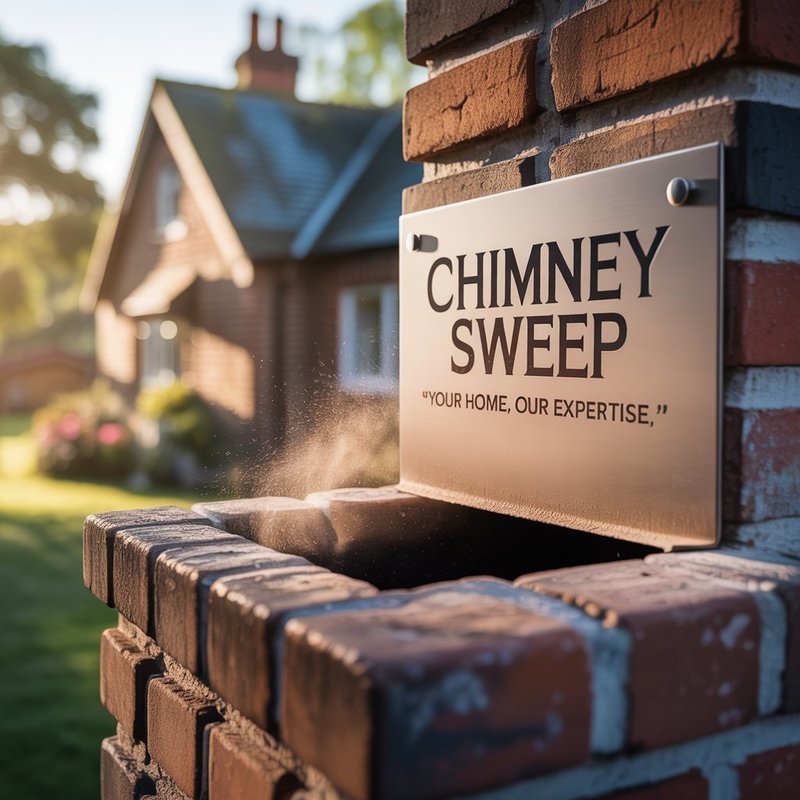Why Is Regular Gas Fireplace Service Essential for Home Safety?
7
0
·
2025/08/21
·
5 mins read
☕
WriterShelf™ is a unique multiple pen name blogging and forum platform. Protect relationships and your privacy. Take your writing in new directions. ** Join WriterShelf**
WriterShelf™ is an open writing platform. The views, information and opinions in this article are those of the author.
Article info
Tags:
Total: 1032 words
Like
or Dislike
More from this author
More to explore











Gas fireplaces provide convenience, comfort, and efficiency for homeowners, making them a popular choice for supplemental heating. However, despite their reliability, they require consistent upkeep to remain safe and functional. Neglecting necessary care can lead to safety hazards that put both property and health at risk. To prevent issues such as carbon monoxide leaks, gas leaks, or system malfunctions, every homeowner should prioritize regular Gas Fireplace Service.
Why It Matters
Unlike traditional wood-burning fireplaces, gas fireplaces rely on a combination of gas supply lines, burners, ignition systems, and ventilation to operate properly. Even though they burn cleaner than wood, problems can still develop if routine servicing is overlooked. For example, faulty ignition components or damaged gas valves can lead to incomplete combustion, increasing the risk of harmful emissions. Poor ventilation may allow carbon monoxide to enter living spaces, a serious hazard that often goes undetected until it is too late. Regular service ensures that every component of the system is inspected, tested, and cleaned, keeping the unit running safely. Professional servicing also helps ensure compliance with local building codes and manufacturer warranties, offering homeowners additional protection.
Common Problems
Several issues may arise when a gas fireplace is not maintained regularly. One of the most common problems is clogged burner ports, which can cause uneven flames or weak heat output. Pilot light failures are another frequent issue, often linked to worn thermocouples or dirty sensors. Gas leaks, although less common, pose a major safety threat and require immediate professional attention. Excessive soot buildup on glass doors or interior components can also occur, indicating improper combustion. In addition, ventilation blockages may prevent harmful gases from escaping, leading to unsafe indoor conditions. These issues are preventable with consistent inspections and timely service, ensuring that the fireplace performs efficiently year after year.
Key Benefits
The benefits of regular gas fireplace servicing extend far beyond safety. First, it improves heating efficiency by ensuring that gas burns cleanly and effectively, reducing utility bills. Second, it extends the lifespan of the fireplace, as minor issues are detected and resolved before turning into costly repairs. Regular maintenance also enhances the appearance of the fireplace by preventing soot and residue buildup, keeping glass doors and internal components clean. Insurance providers may also require documented servicing to validate coverage in case of damage caused by fireplace malfunction. From a comfort perspective, homeowners can enjoy uninterrupted warmth during winter without worrying about sudden breakdowns. Ultimately, regular servicing is an investment in both safety and long-term value.
The Role of Fireplace Cleaning
While servicing focuses on functionality and safety, Fireplace Cleaning plays an equally important role in maintaining performance. Gas fireplaces, despite burning cleaner than wood, still produce soot, film, and debris that accumulate on interior surfaces, glass doors, and venting systems. If left unattended, this buildup not only diminishes efficiency but also increases the risk of harmful gases escaping into the living space. Professional cleaning involves removing soot, vacuuming debris, and polishing glass doors to restore clarity. In addition, vent pipes and exhaust systems are inspected and cleaned to ensure unobstructed airflow. By combining servicing with cleaning, homeowners achieve a comprehensive approach that enhances safety, efficiency, and aesthetics.
Cost Breakdown
The cost of gas fireplace servicing depends on the complexity of the unit, the type of service required, and the provider. Below is a general cost guide for typical services:
Service Type
Average Cost (USD)
Notes
Basic Inspection & Cleaning
$100 – $200
Annual checkup with light cleaning
Full Service with Diagnostics
$200 – $350
Includes burner inspection, gas line testing, and vent checks
Component Replacement
$150 – $500+
Depends on parts such as valves or igniters
Ventilation System Cleaning
$150 – $250
Ensures proper airflow and safety
Disclaimer: Prices are estimates and may vary depending on the provider, location, and condition of the fireplace. Always request a detailed service quote before scheduling.
Key Features
When selecting a service provider, certain features indicate professionalism and reliability. Certified technicians with experience in gas appliances are essential for safe handling of gas lines and electrical components. Providers that offer both servicing and cleaning deliver comprehensive care in a single visit. Modern diagnostic tools, such as gas leak detectors and combustion analyzers, ensure accurate evaluations. Transparent pricing and detailed service reports also add value, helping homeowners understand the condition of their fireplace. Finally, availability during peak heating seasons is a key factor, as timely service reduces the risk of breakdowns when warmth is needed most.
Professional Quote
“Gas fireplaces are efficient and convenient, but they are still combustion appliances. Regular servicing is critical to ensure safe operation and to prevent hazards such as gas leaks or carbon monoxide exposure.”
FAQs
Q: How often should a gas fireplace be serviced?
A: At least once a year, preferably before the heating season begins. Heavy use may require mid-season inspections.
Q: Can I service my gas fireplace myself?
A: While you can clean glass doors and check for visible issues, technical servicing involving gas components should only be performed by certified professionals.
Q: Why does my gas fireplace produce soot?
A: Soot is often a sign of improper combustion, dirty burners, or blocked ventilation, all of which require professional attention.
Q: Do gas fireplaces produce carbon monoxide?
A: Yes, if improperly vented or malfunctioning. Annual servicing helps prevent leaks and ensures safe operation.
Q: Is it expensive to maintain a gas fireplace?
A: Routine maintenance is generally affordable compared to the high cost of emergency repairs or replacements.
Conclusion
Regular gas fireplace service is an essential part of responsible homeownership. By ensuring safe operation, improving efficiency, and extending equipment life, routine servicing protects both your family and your investment. Pairing professional inspections with thorough cleaning eliminates safety hazards while enhancing performance and appearance. For homeowners who rely on gas fireplaces during the colder months, annual service is not optional it is a necessity. Prompt maintenance reduces the risk of fire, carbon monoxide leaks, and costly repairs, giving you confidence and peace of mind throughout the heating season. By working with certified professionals and scheduling consistent care, you ensure that your fireplace remains a safe, efficient, and reliable source of comfort for years to come.
Read More: Chimney Sweep Hamilton